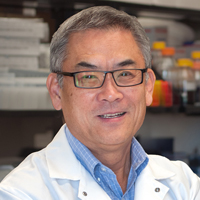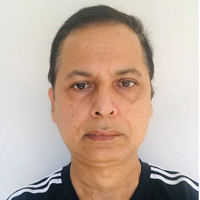Theoretical study on binding interactions of laccase-enzyme from Ganoderma weberianum with multiples ligand substrates with environmental impact
Published on: 19th December, 2019
OCLC Number/Unique Identifier: 9267261637
Laccase catalyzes oxidation of lignin and aromatic compound with similar structure to this one. Their low substrate specificity results on degradation of similar phenolic compounds. In this context, Molecular Docking was performed with different ligands suggesting potential bio-degradation. Binding active-sites prediction of fungal laccase (access number uniprotkb: A0A166P2X0), from Ganoderma weberianum was performed using machine learning algorithm based on Deep Convolutional Neural Networks (DeepSite-CNNs chemoinformatic tool). Herein, ligands like 2,4 - dichlorophenol, benzidine, sulfisoxazole, trimethoprim and tetracycline were analyzed and two additional reference controls which were 2,2 – azinobis 3 – ethylbenzothiazoline – 6 - sulfonic acid (ABTS) and 2,6 - dimetoxyphenol (2,6 DMP) were used in comparison with the other former mentioned ligands based on high laccase affinity. The five ligands were carried out because their potential biotechnological interest: the antibiotics sulfisoxazole, trimethoprim and tetracycline, and xenobiotics 2,4 - dichlorophenol and benzidine. Molecular docking experiments returned Gibbs free energy of binding (FEB or affinity) for laccase-ligand complexes. The best docking binding-interaction from each laccase-ligand conformation complexes suggest great ability of these ligands to interact with the laccase active-binding site. Herein, FEB values (kcal/mol) were obtained with higher affinity values for reference controls like 2,6 - dimethoxyphenol with -4.8 Kcal/mol and ABTS with -7.1 Kcal/mol. Furthermore, the FEB values were -4.7, -6.5, -6.8, -5.2 and -6.5 Kcal/mol, for 2,4 - dichlorophenol, benzidine, sulfisoxazole, tetracycline and trimethoprim respectively with high prevalence of hydrophobic interaction with functional laccase binding residues. Lastly, this study presents for first time at the bioinformatics field a molecular docking approach for the prediction of potential substrate of laccase from Ganoderma weberianum towards biotechnological application.




